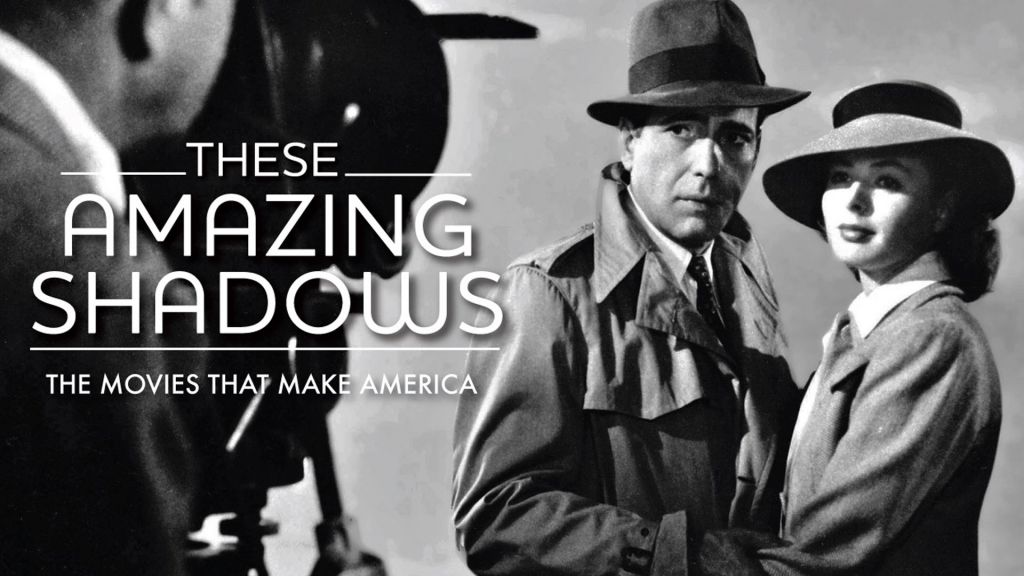These Amazing Shadows
About the Documentary
What do the films Casablanca, Blazing Saddles, and West Side Story have in common? Besides being popular, they have also been deemed "culturally, historically, or aesthetically significant" by the Library of Congress and listed in The National Film Registry, a roll-call of American cinema treasures that reflects the diversity of film, and indeed, the American experience itself. The current list of 550 films includes selections from every genre — documentaries, home movies, Hollywood classics, avant-garde, newsreels, and silent films. American movies tell us so much about ourselves ... not just what we did, but what we thought, what we felt, what we imagined, what we aspired to ... and the lies we told ourselves. These Amazing Shadows is a documentary rich with imagery, interweaving clips from America's most-beloved films (and many rarer treasures) with moving personal tales of how specific films have reflected our culture and changed lives. The film includes interviews with the Librarian of Congress (Dr. James Billington), famous directors (including Christopher Nolan, John Lasseter, Rob Reiner, John Singleton, Barbara Kopple, and John Waters), producers (Gale Anne Hurd and James Schamus), archivists, admired actors (Tim Roth, Debbie Reynolds, Peter Coyote), and members of the National Film Preservation Board. These Amazing Shadows documents the passage of the National Film Preservation Act of 1988 and how this law set in motion a system to identify notable films. The Librarian of Congress, with input from the public and advice from the National Film Preservation Board, selects twenty-five films each year to add to the Registry. These Amazing Shadows goes behind the scenes to show the discussions, the debates and the drama that surround this selection process. As stated by James Billington, the Librarian of Congress: "American film really transformed the way in which a young nation learned to express itself, express its exuberance, expose its problems, and reflect its hopes. It wasn't simply a form of entertainment; it was living history — audio-visual history of the 20th century."
The Filmmakers
Paul Mariano & Kurt Norton
Learn More About the Documentary

